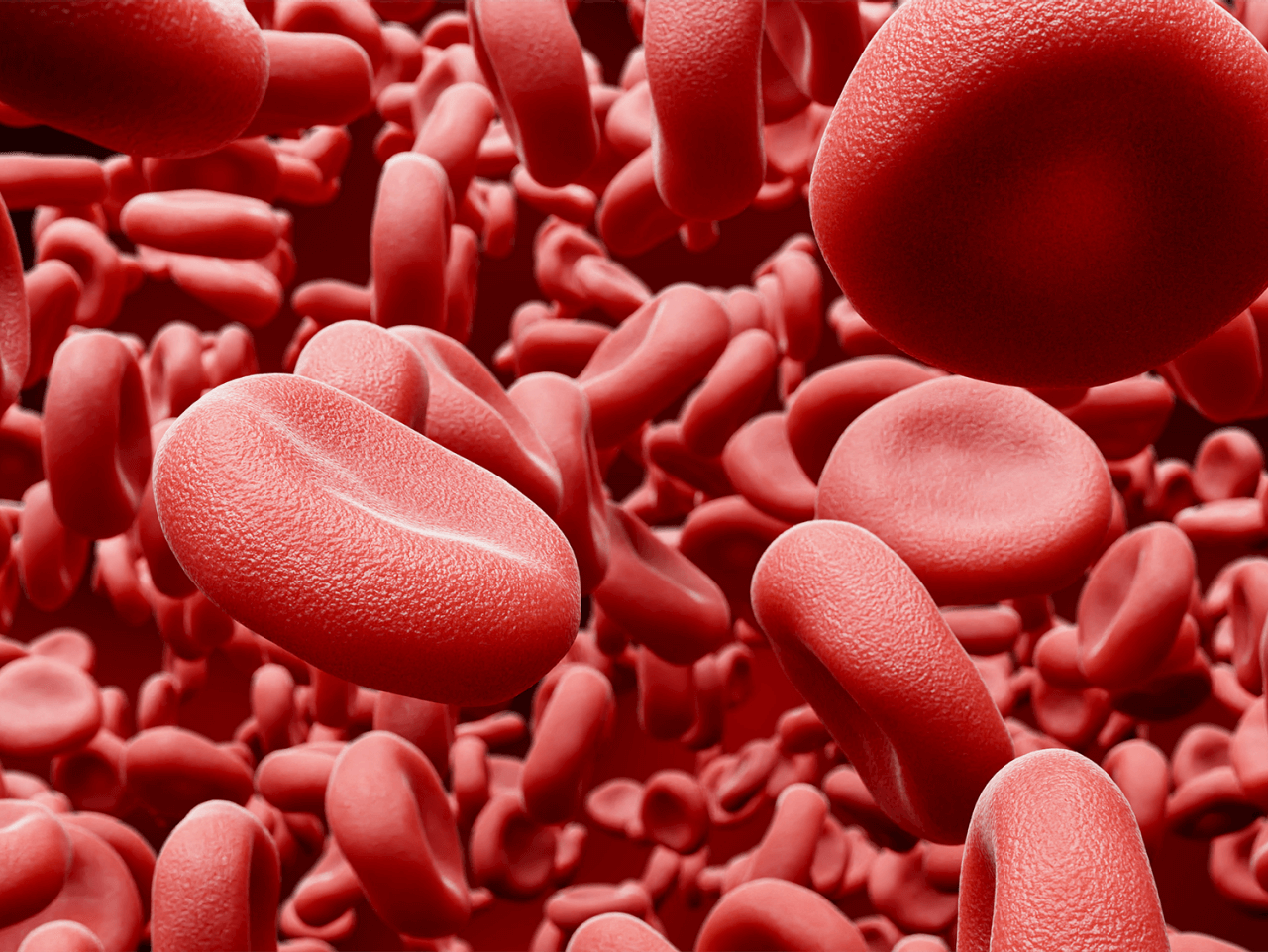Red Blood Cell Exchange is an advanced therapeutic procedure used to manage and treat a variety of blood disorders. This process involves selectively removing a patient’s red blood cells and replacing them with donor cells, helping to improve oxygen delivery, reduce disease symptoms, and lower the burden of harmful substances in the blood. Red Blood Cell Exchange is often used in cases where standard treatments, such as medications or conventional transfusions, are insufficient. At Mobil Dialysis, we provide Red Blood Cell Exchange services to pediatric patients to manage their conditions effectively and improve their quality of life. In this article, we will explore some of the most common conditions treated with Red Blood Cell Exchange.
Sickle Cell Disease (SCD)
One of the most well-known applications of Red Blood Cell Exchange is for patients with sickle cell disease (SCD). SCD is a hereditary disorder that affects hemoglobin, causing red blood cells to become rigid and crescent-shaped. These abnormal cells can obstruct blood flow, leading to severe pain (sickle cell crisis), organ damage, and an increased risk of stroke.
Red Blood Cell Exchange helps by removing sickled cells and replacing them with normal donor RBCs, which enhances oxygen transport and reduces the likelihood of complications. This therapy is particularly beneficial in managing acute chest syndrome, stroke prevention, and severe vaso-occlusive crises in SCD patients.
Autoimmune Hemolytic Anemia (AIHA)
Autoimmune hemolytic anemia occurs when the body’s immune system mistakenly attacks and destroys its own red blood cells, leading to anemia and associated symptoms such as fatigue, jaundice, and shortness of breath. In severe cases, Red Blood Cell Exchange can be a lifesaving intervention by rapidly reducing the burden of autoantibody-coated red blood cells, thereby slowing down hemolysis and preventing severe anemia.
Red Blood Cell Exchange is particularly useful when corticosteroids or immunosuppressive therapies fail to provide adequate relief or when the patient experiences life-threatening hemolysis.

Babesiosis
Babesiosis is a tick-borne parasitic infection caused by Babesia microti and related species. The parasite infects red blood cells, leading to hemolysis, fever, chills, and anemia. Severe cases, especially in immunocompromised individuals or those without a spleen, can be life-threatening.
Red Blood Cell Exchange plays a crucial role in reducing the parasitic load in the blood, alleviating symptoms, and preventing complications such as multi-organ failure. It is often used alongside antiparasitic medications to enhance recovery.
Thrombotic Thrombocytopenic Purpura (TTP)
TTP is a rare but serious blood disorder characterized by the formation of small clots (thrombi) in small blood vessels throughout the body. This condition can lead to hemolytic anemia, low platelet counts, neurological issues, and kidney damage.
While plasma exchange is the primary treatment for TTP, Red Blood Cell Exchange may be utilized in cases where there is severe hemolysis and anemia. By replacing defective red blood cells with healthy donor cells, Red Blood Cell Exchange can improve oxygen delivery and reduce complications associated with extensive hemolysis.
Severe Malaria (Plasmodium falciparum)
Severe malaria, caused by Plasmodium falciparum, can lead to complications such as cerebral malaria, multi-organ dysfunction, and severe anemia due to the destruction of infected red blood cells.
In critically ill patients, Red Blood Cell Exchange can rapidly decrease the parasite burden in the blood, reducing inflammation and preventing further organ damage. This intervention, combined with antimalarial therapy, can be lifesaving in severe cases.
Paroxysmal Nocturnal Hemoglobinuria (PNH)
PNH is a rare disorder in which defective red blood cells are destroyed by the complement system, leading to chronic hemolysis, anemia, and an increased risk of blood clots. Patients with PNH often experience fatigue, dark-colored urine, and life-threatening thrombotic events.
Red Blood Cell Exchange can be a supportive therapy in patients experiencing severe hemolysis, helping to stabilize hemoglobin levels and reduce the burden of damaged red blood cells. In conjunction with targeted treatments such as eculizumab, Red Blood Cell Exchange can improve symptom management and quality of life.
Hemoglobinopathies (Other Than Sickle Cell Disease)
Aside from sickle cell disease, Red Blood Cell Exchange is also used in the management of other inherited hemoglobin disorders such as thalassemia and unstable hemoglobin variants. These conditions can lead to chronic anemia, ineffective erythropoiesis, and iron overload due to frequent transfusions.
Red Blood Cell Exchange helps by reducing the need for conventional transfusions, thereby minimizing iron overload while simultaneously improving oxygen-carrying capacity. This is particularly beneficial for patients who are transfusion-dependent and at risk of iron-related complications.
Red Blood Cell Exchange is a powerful therapeutic tool for managing a wide range of hematologic and infectious conditions. By selectively removing and replacing defective or disease-affected red blood cells, Red Blood Cell Exchange improves patient outcomes, enhances quality of life, and reduces the risk of severe complications.





